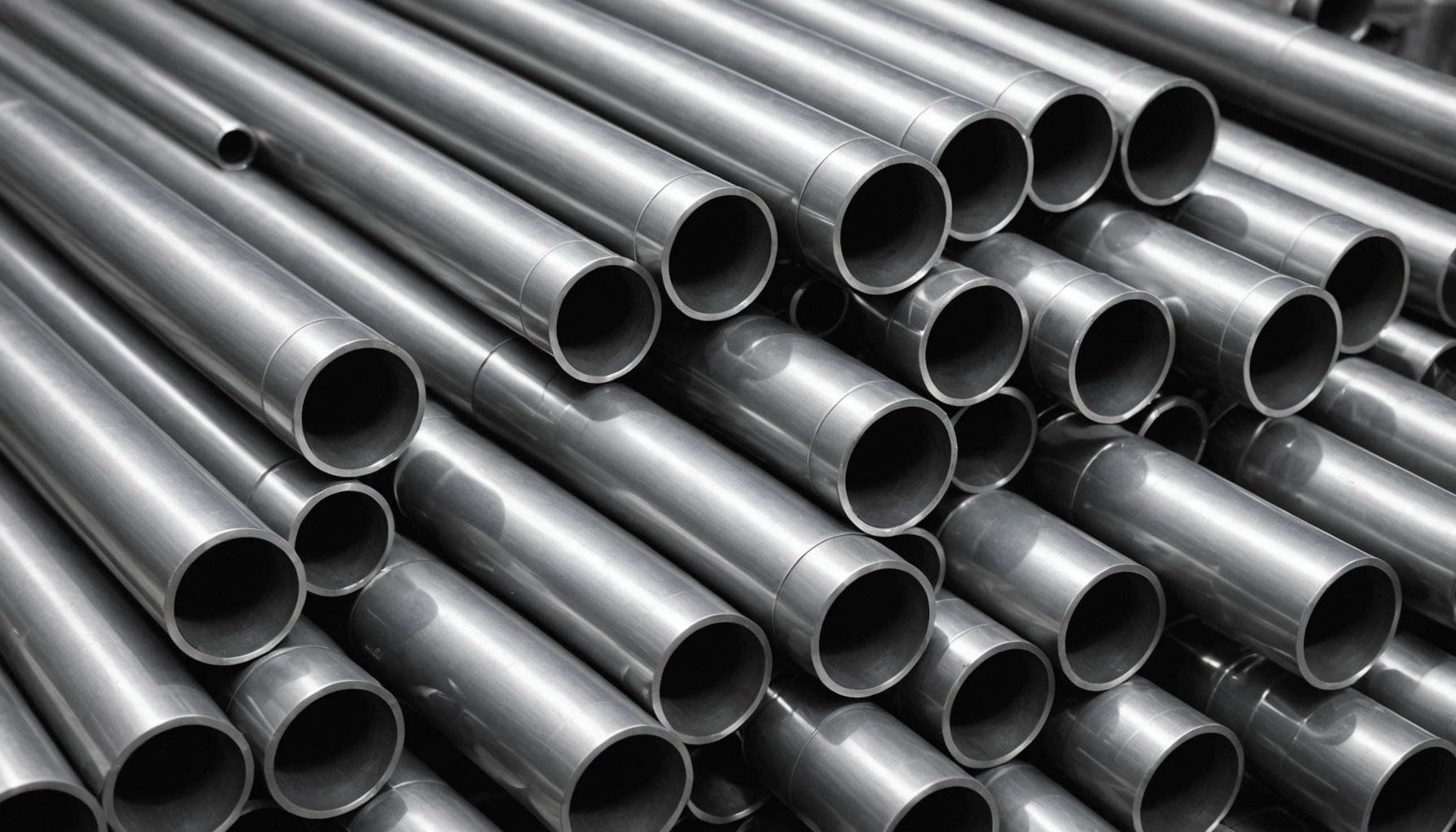Industrial tubes shape modern industry by combining diverse materials and tailored manufacturing. Their adaptability serves sectors from construction to high-tech manufacturing, offering strength, durability, and precision. Understanding specifications and applications unlocks smarter choices, ensuring the right tube fits each unique project need.
Industrial Tubes: Comprehensive Overview, Types, Materials, and Industry Applications
You can view more details on this page: https://www.vallourec.com/our-solutions/industry/.
Topic to read : Navigating Market Shifts in the UK: What Are the Latest Trends to Watch?
Industrial tubes are fundamental components engineered for transporting fluids, supporting structures, and enabling precision fabrication across diverse sectors. These tubes are categorized based on materials such as mild steel, stainless steel, galvanized steel, plastic, and advanced alloy compositions. Each material type is chosen for its balance of strength, corrosion resistance, temperature tolerance, and cost-effectiveness. For example, mild steel tubes are well-suited for general construction and engineering, while stainless steel tubing specifications focus on maximum corrosion resistance in chemical and food processing. Galvanized metal tubes are commonly specified where water, weather, or industrial chemicals pose a risk of surface degradation.
Various types define the category: seamless steel tubes offer uniform strength and are essential in high-pressure applications like oil & gas or automotive components. Welded tubes are versatile and more economical for broader industrial plumbing and light structural uses. Hollow bars, mild steel tubes, and alloy-based variants add further options for mechanical engineering, architectural supports, and tubular steel structural uses. Pipe grades, thicknesses, coatings, and sizes are tailored to meet unique industrial specifications.
Topic to read : Unlocking the potential of cpl ltd: a company overview
Core applications span construction (scaffolding, frameworks), automotive (axles, exhausts), transport, onshore and offshore oil & gas, manufacturing, architectural design, and precision machinery. Engineers and project managers rely on an expansive network of industrial tube suppliers and distributors, as well as “tubing suppliers near me,” to source the exact match for critical builds or repairs.
Industrial Tube Manufacturing, Sizing, and Industry Specifications
Seamless steel pipe advantages begin at the manufacturing stage. Seamless tubes are produced without a weld, typically through hot finished or cold drawn processes, which provides higher strength and integrity for demanding uses. Welded steel pipe uses, on the other hand, dominate in cost-sensitive or moderate-pressure applications, benefiting from efficient production and varied sizing options.
Dimensional accuracy is governed by international standards. Steel tube sizing and dimensions align with ASTM, ASME, and ISO benchmarks. These set tight tube thickness and wall gauges, with industrial tubing diameter standards tailored for pressure ratings and precision. Stainless steel tubing specifications further dictate tolerances to guarantee fit in mechanical systems.
Tube fabrication processes cover straight cutting, pipe bending, and forming for project-specific geometries. Industrial pipe bending techniques ensure that seamless and welded tubes maintain integrity. Finishing and coating—essential in metal tube finishing and coatings—extend tube life and improve corrosion resistance.
Sizing charts support engineers in selecting the optimal tube: wall thicknesses and diameter ranges correspond to mechanical property needs and system pressures. Industry-mandated tubing standard certifications and testing ensure that each product meets required pressure, temperature, and safety demands, cementing trust in supply chains and applications.
Material Selection, Technical Data, and Supplier Guidance
Choosing the right industrial tubing materials involves immediate attention to properties such as steel tube corrosion resistance, capability to withstand high pressure, and suitability for various temperatures. Tubing alloy selection for industry depends greatly on the medium transferred—food grade stainless steel tubing is key for hygiene in food processing, while chemical resistant tubing options are prioritized for aggressive chemical plants.
For tubing for high-pressure hydraulic lines, seamless carbon steel or alloy steel offers superior strength. Tubing for HVAC applications often requires galvanized or stainless steel for their corrosion resistance and long lifecycle. Heat resistant flexible hoses excel in manufacturing and energy sectors, ensuring reliable performance during thermal cycling.
Technical data references utility: food grade stainless steel tubing must meet strict safety and purity standards, while tubing for chemical processing plants focuses on chemical resistance and longevity. Tubing for fluid transfer is specified by compatibility with solvents, pH range, and wear resistance, all of which impact industrial operational safety.
When considering stainless steel tube price factors, assess supplier quality, lead times, and ability to fulfill custom cuts or flexible order sizes. Efficient suppliers provide clear technical documentation, with delivery logistics supporting fast project turnaround. Top industrial tube suppliers—like those offering precision-cut orders—empower buyers to optimize installation and minimize waste.
Innovations, Case Studies, and Industrial Trends
Latest Product and Process Innovations
Industrial tubing innovations and trends now prioritize advanced materials and production techniques. Inflatable industrial tubes for transport, solar tube heat collectors, and industrial x-ray tube technology represent significant leaps in tubing used in manufacturing machinery and tubing for industrial cooling and heating. These developments allow industries to manage energy more efficiently and extend the capabilities of tubing for mining and oil industries. Modern tubing connection and fitting types are engineered for easier integration in complex systems, raising standards in tubing for pressure vessels as well.
Real-World Examples and Case Studies
Practical applications demonstrate how tubing for automotive industrial uses and tubing for mechanical engineering transform real-world projects. Customer fabrication projects show tubing used in manufacturing machinery for precision automotive models or heavy engineering prototypes. Architectural installations increasingly rely on custom-shaped tubing for industrial cooling and heating, maximizing design flexibility.
Maintenance and Lifespan Optimization
Optimizing the lifespan of tubing for mining and oil industries or tubing for mechanical engineering hinges on robust maintenance routines. Industrial tubing maintenance tips commonly highlight protective coatings and correct selection of tubing connection and fitting types. These steps help maintain high performance in tubing for industrial cooling and heating and ensure consistent functionality even in harsh settings.





